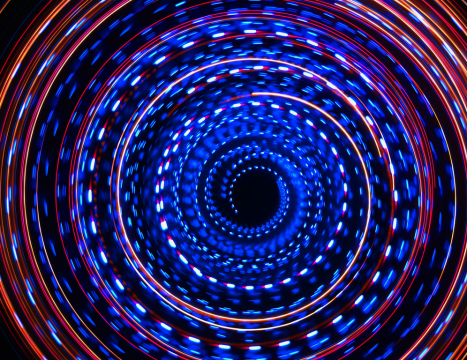
Online Newsletter
Sign up for our newsletter to receive the latest news and information from publics.bg
Sign up for our newsletter to receive the latest news and information from publics.bg
News
World news

 14.02.2018 12:12
14.02.2018 12:12Saudi Arabia Is Testing a Device Producing Power from Infrared Energy from the Environment
Innovative diode design uses ultrafast quantum tunneling to harvest infrared energy
© Robert Couse-Baker, flickr.com
Most sunlight striking the Earth is absorbed by its surfaces, oceans and atmosphere. As a result of this warming, infrared radiation is emitted constantly all around us—estimated to be millions of Gigawatts per second. A King Abdullah University of Science and Technology (KAUST) team has now developed a device that can tap into this energy, as well as waste heat from industrial processes, by transforming wave signals into useful electricity.
Unlike solar panels that are limited by daylight hours and weather conditions, infrared heat can be harvested 24 hours a day. One way to achieve this is to treat waste or infrared heat as high-frequency electromagnetic waves. Using appropriately designed antennas, collected waves are sent to a rectifier, typically a semiconductor diode that converts alternating signals to direct current charge for batteries or power devices.
Putting these ‘rectenna’ designs into practice has been difficult. Because infrared emissions have very small wavelengths, they need micro- or nanoscale antennas that are not easy to fabricate or test. Additionally, infrared waves oscillate thousands of times faster than a typical semiconductor can move electrons through its junction. “There is no commercial diode in the world that can operate at such high frequency,” said Atif Shamim, project leader from KAUST. “That’s why we turned to quantum tunneling”, he added.
Tunneling devices, such as metal-insulator-metal (MIM) diodes, rectify infrared waves into current by moving electrons through a small barrier. Since this barrier is only a nanometer thin, MIM diodes can handle high-frequency signals. To generate the intense fields needed for tunneling, the team turned to a unique ‘bowtie-shaped' nano-antenna that sandwiches the thin insulator film between two slightly overlapped metallic arms.
“This is just the beginning—a proof of concept,” said Shamim. “We could have millions of such devices connected to boost overall electricity generation”, he noted.
 All world news
All world newsNo published comments
Login to comment









 Interview
Interview 
 Full text
Full text Events
Events 


